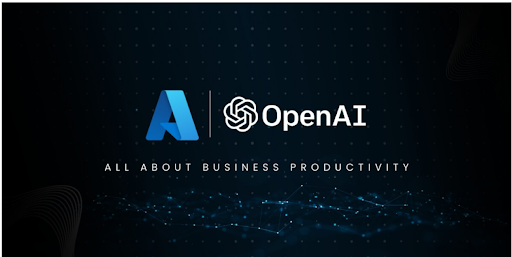Ten ways generative AI (Azure OpenAI Service) is disrupting businesses

According to McKinsey’s prediction , generative AI could contribute somewhere between USD 2.6 trillion and 4.4 trillion annually to the global economy by 2040. The potential impact is particularly significant in banking, retail, consumer-packaged goods, pharmaceuticals, and medical products. That apart, McKinsey’s predictions also indicate that many key business functions, such as software engineering, customer operations, research and development, marketing, and sales, will account for 75% of the total annual value that generative AI can bring. Therefore, generative AI is a versatile tool across sectors and business functions, revolutionizing business. Hence, enterprises aiming to ride the wave of this technology revolution should invest in generative AI and prepare their workforce for the imminent transformation. Transforming business operations So, how is generative AI transforming business operations? It is doing so by truly bringing about unparalleled innovation and creativit

